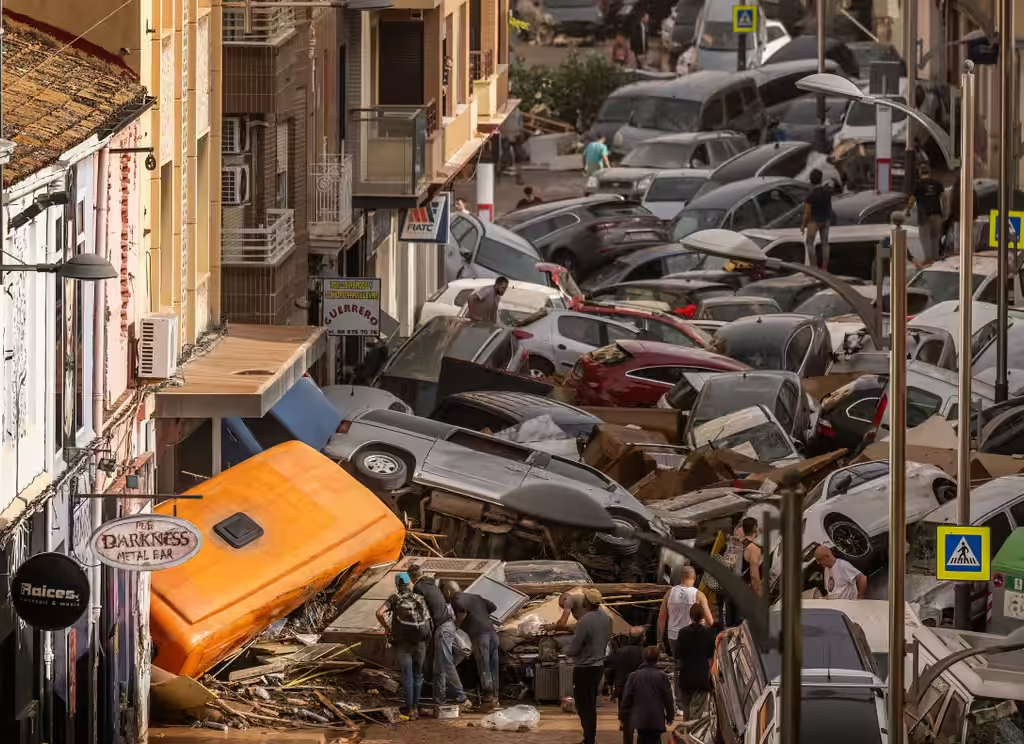
Faced with worsening climate-driven disasters and the increasing reliance on intermittent renewable energy sources, the United States is rapidly expanding its large-scale battery storage to stabilize the electricity grid and prevent power blackouts. In just four years, the US has added more than 20 gigawatts (GW) of battery capacity—equivalent to the output of 20 nuclear reactors—with 5 GW installed in the first seven months of this year alone, according to the federal Energy Information Administration (EIA). This surge in battery deployment is projected to double again, reaching 40 GW by 2025 if planned expansions proceed.
Leading this transformative growth are California and Texas, states that have embraced clean energy sources like solar and wind. These states have achieved record highs in battery-discharged grid power, with the newly installed systems playing a pivotal role in maintaining grid stability. Battery storage has become a critical tool in California, where wildfires and extreme heatwaves have previously led to blackouts and electricity rationing. “We can leverage that stored energy and dispatch it when we need it,” said Patti Poppe, CEO of PG&E, California’s largest utility, highlighting how batteries helped avoid outages during this summer’s intense heatwaves.
This rapid growth in battery deployment is reshaping the energy landscape. “It’s been extraordinary growth,” remarked John Moura, director of reliability assessment at the North American Electric Reliability Corporation. While the grid wasn’t originally designed to accommodate such technology, Moura emphasized the immense potential of batteries to revolutionize electricity production, delivery, and consumption. “Storage gives us a bit of a time machine to deliver energy when we need it,” he added, underlining the paradigm shift batteries bring to the energy sector.
As the US accelerates its battery deployment, this technology emerges as a cornerstone of a more resilient, reliable, and renewable-powered grid—offering hope in the face of intensifying climate challenges. Read More
News Credit: The Guardian
Picture Credit: Lucy Nicholson/Reuters









